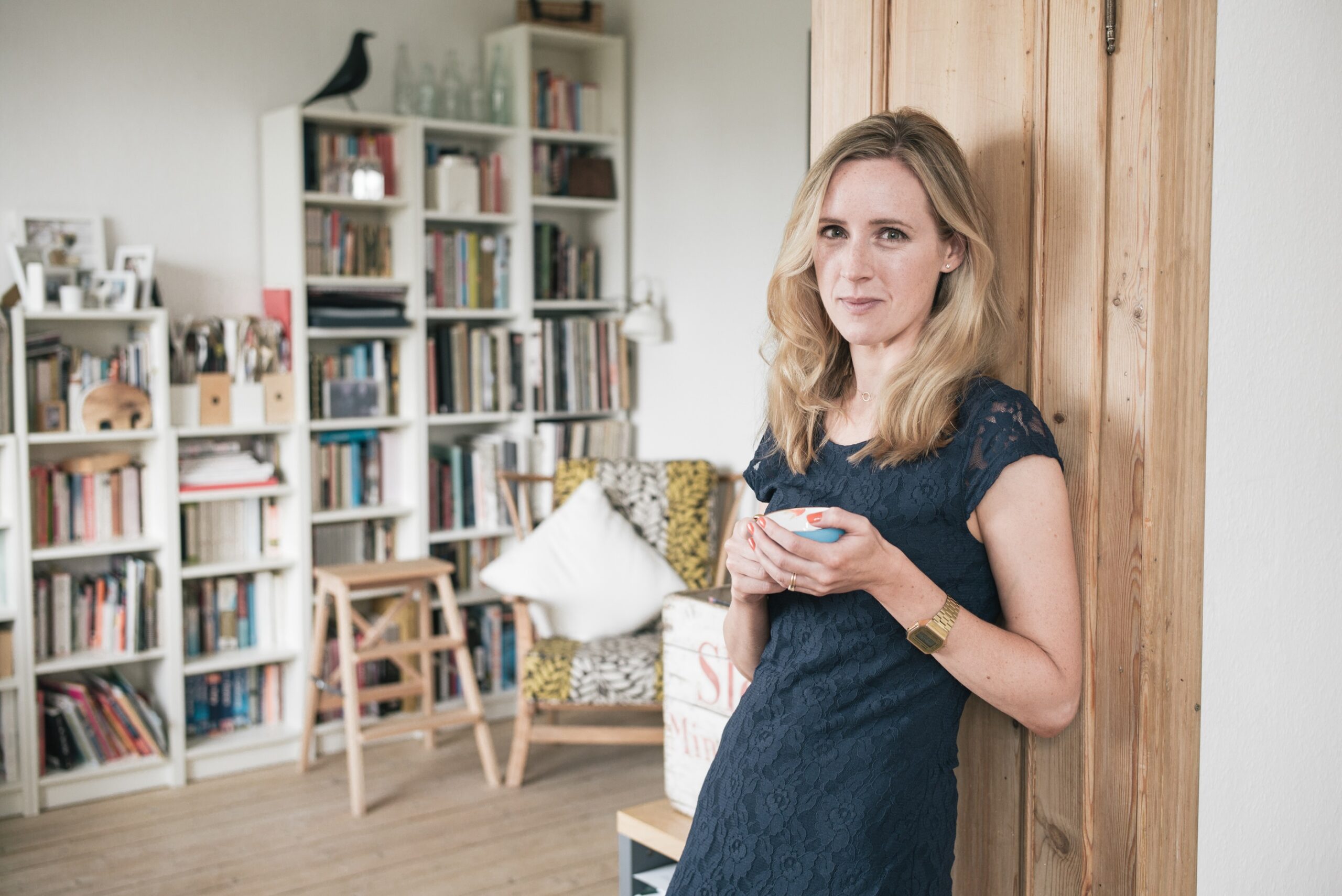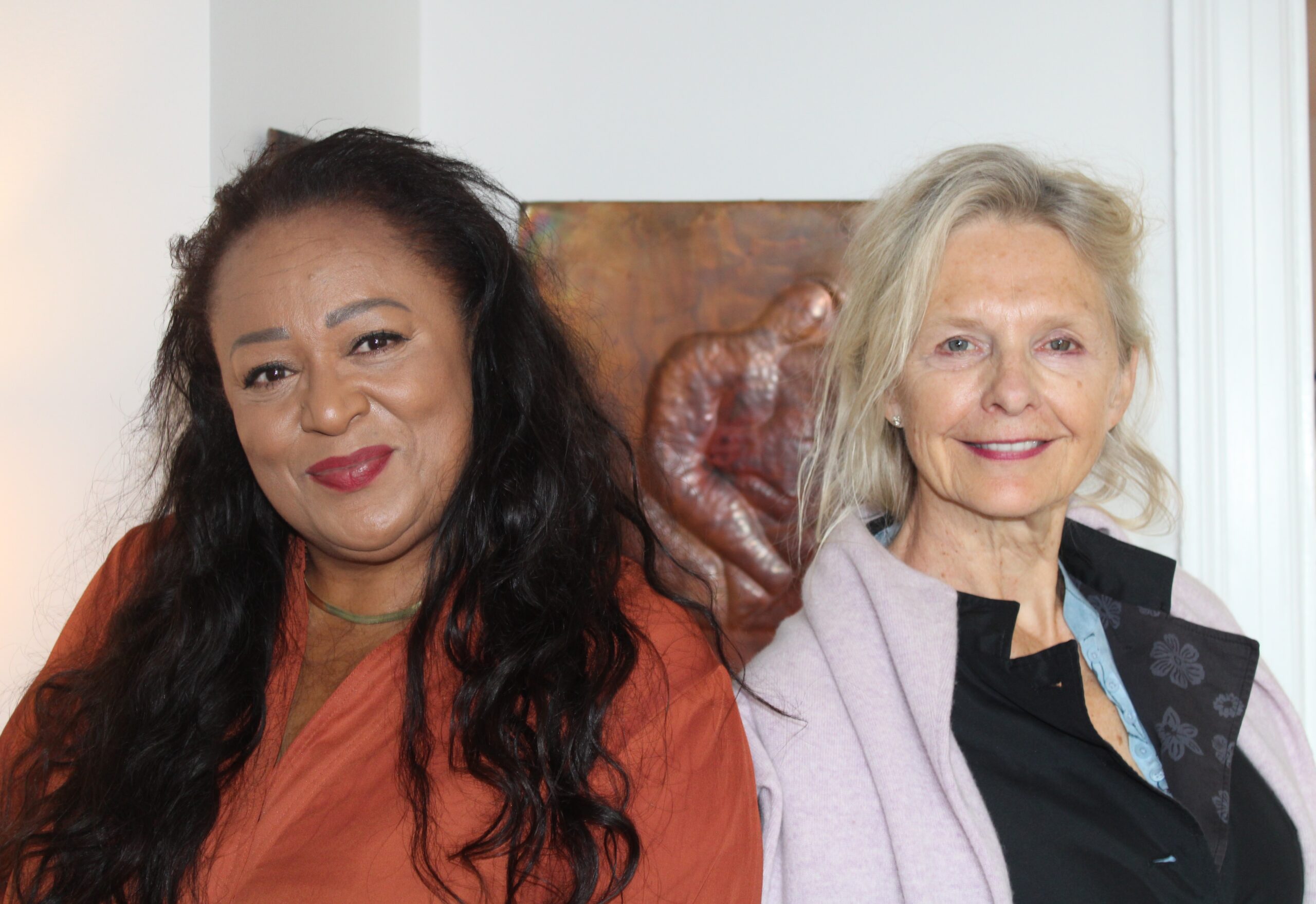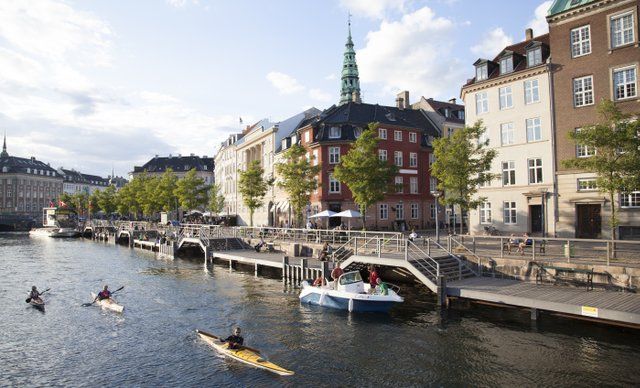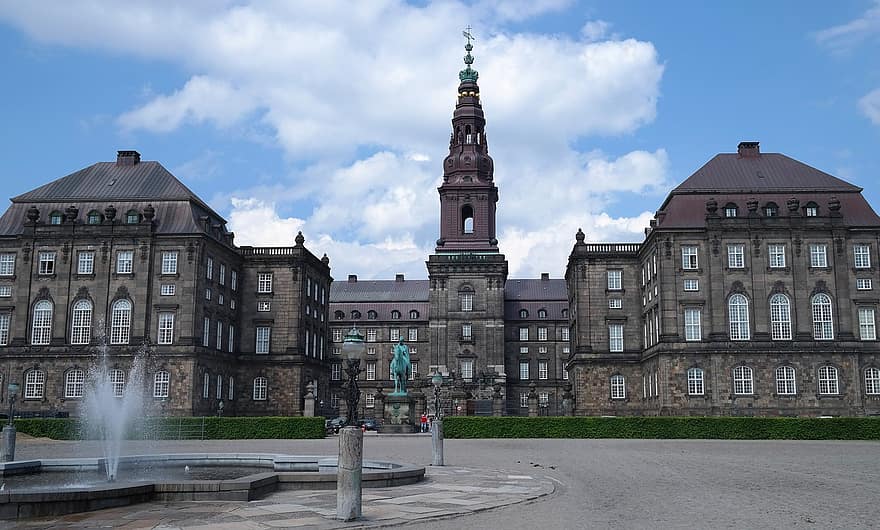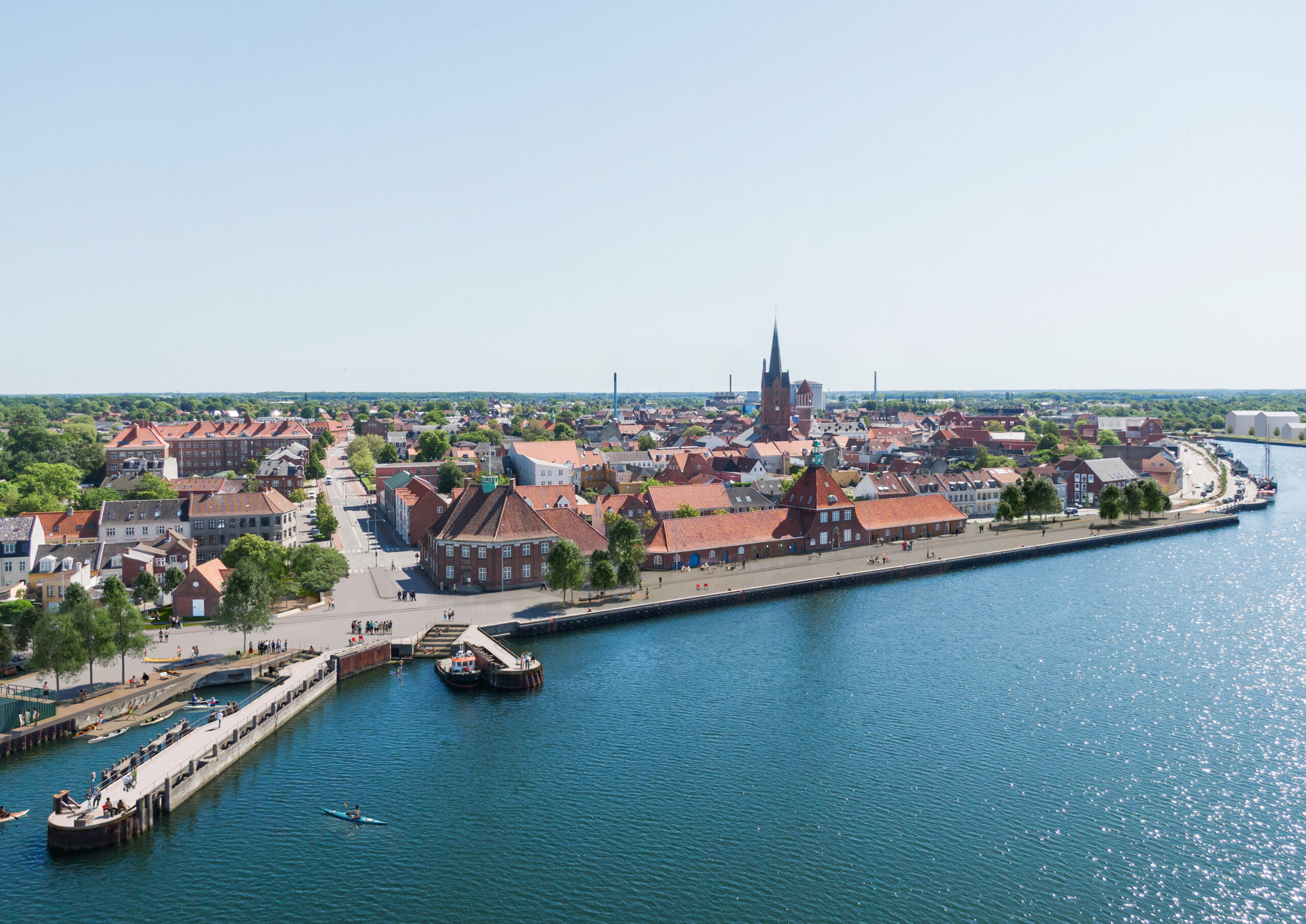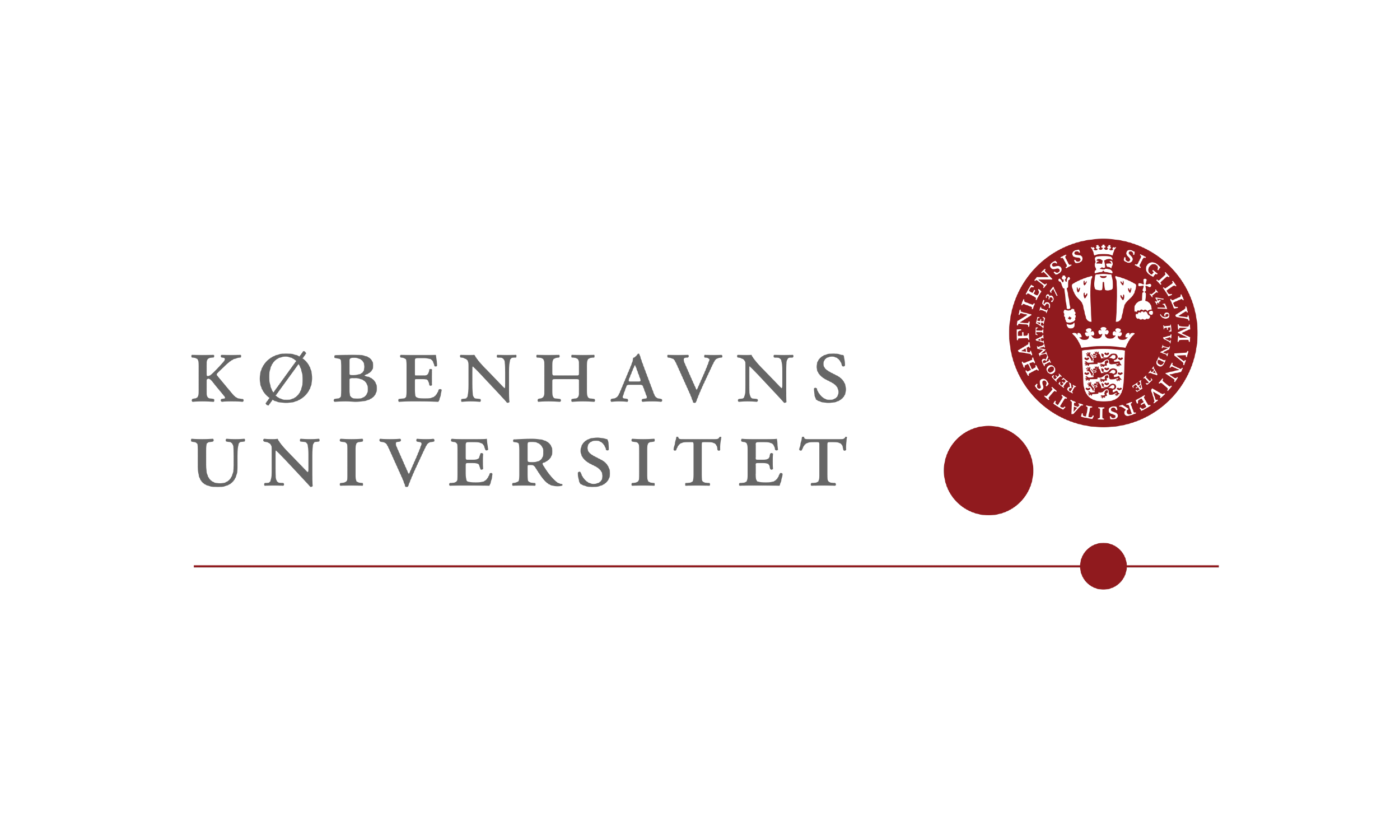The dramatic drop of traffic deaths and injuries since 2001 is good news both for Denmark’s residents and the governments' purse, according to a new study from the traffic safety council Rådet for Sikker Traffik.
Between 2000 and 2011, traffic deaths dropped by 56 percent – an equivalent of 30,000 fewer incidents over the period. The Technical University of Denmark estimated that each traffic death or injury costs an average of two million kroner – which in turn has led to an eleven-year saving period of about 59 billion kroner.
“These are the direct expenses of the ambulances, paramedics and hospital stays from traffic accidents,” Søren Troels Berg, a spokesperson for Rådet for Sikker Traffik, said. “If you also included the costs of welfare and production that come from the injured person being unable to work, the overall costs would be even higher.”
Berg added that the investments put into improving traffic safety make sound economic sense.
“We know that improvements to roads and motorways are costly, but so are accidents. We also know that increased policing is effective and reduces the number of accidents,” he said.
Allan Nyring, a Rigspolitiet superintendent, said he was pleased by the reduction in deaths and injuries, but would not comment on the economic impact of the reduction.
“Our primary wish is to save lives and prevent accidents, which is why we focus so much on traffic control,” Nyring said. “The slower people drive, the fewer accidents there are. The fact that society also saves money is just an extra bonus.”
In 2007, the government’s traffic safety commission, Færdselssikkerhedskommissionen, reduced the targeted maximum number of deaths for 2012 to 200. They now anticipate that only around 190 people will die on Danish roads this year – less than the 220 who died last year, which was the lowest number on record.
The chairman of the commission, Karsten Nonbo (Venstre), said the numbers were a happy surprise.
“I was sceptical when we reduced the target for the maximum number of dead from 300 to 200, but it seems that awareness campaigns, increased control and investments in traffic improvements save lives and are a major boost to the social economy.”
The reduction in deaths and injuries has been on the decline for some years. In 2007, 406 people died and 7,026 were severely or slightly injured. Last year, 220 died and 4,259 were injured, which was a combined drop of about 40 percent.
Sven Krarup Nielsen, the chairman of the road accident investigation board Havarikommissionen for Vejulykker, said that while many different public bodies save money from the drop in road accidents, it is not necessarily that the same bodies make the investments.
“It is mostly councils and health regions that experience fewer costs related to the treatment and rehabilitation of injured people. However it is mostly the state that pays for traffic improvements, the police service and awareness campaigns,” Nielsen said.

